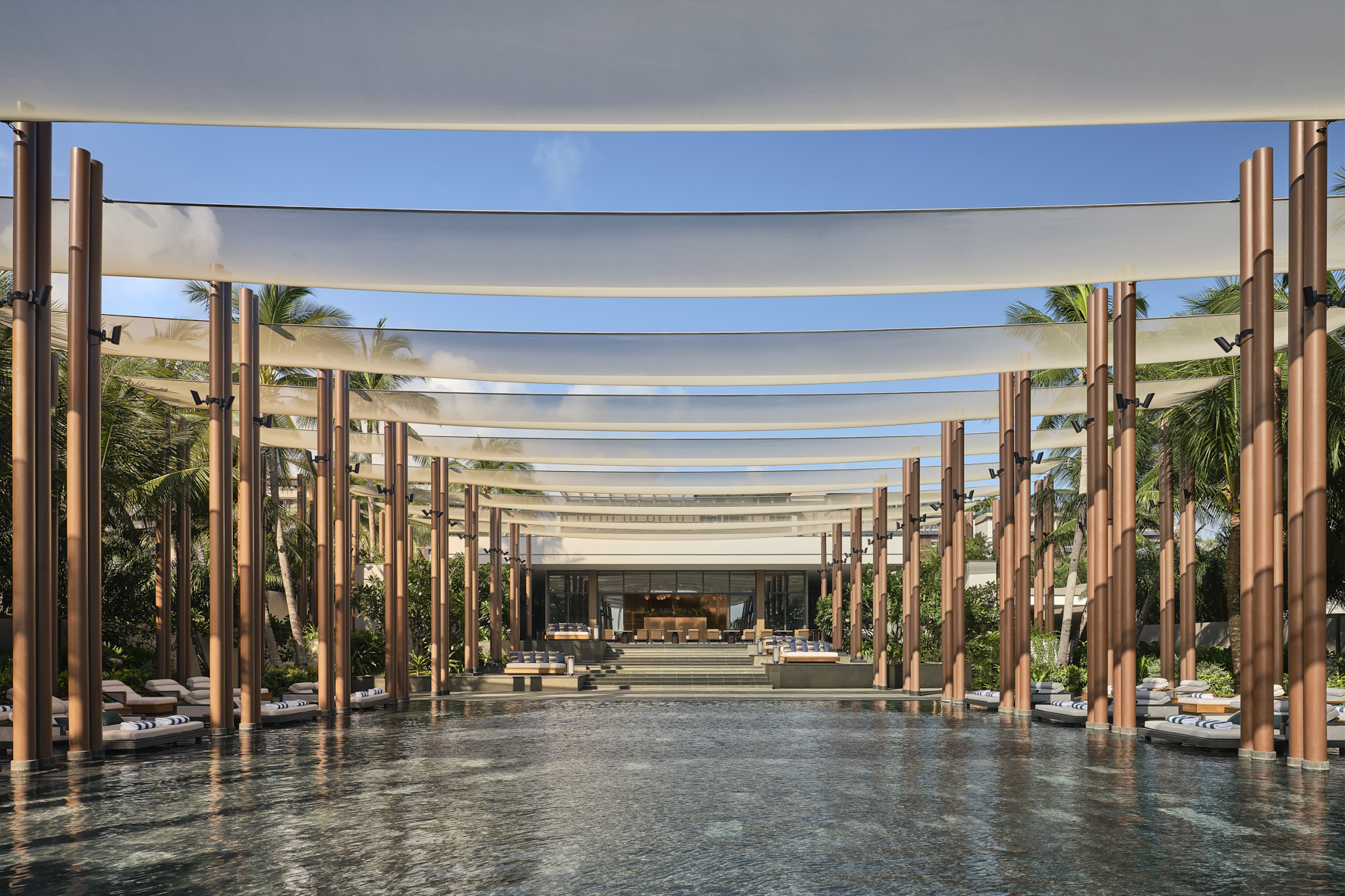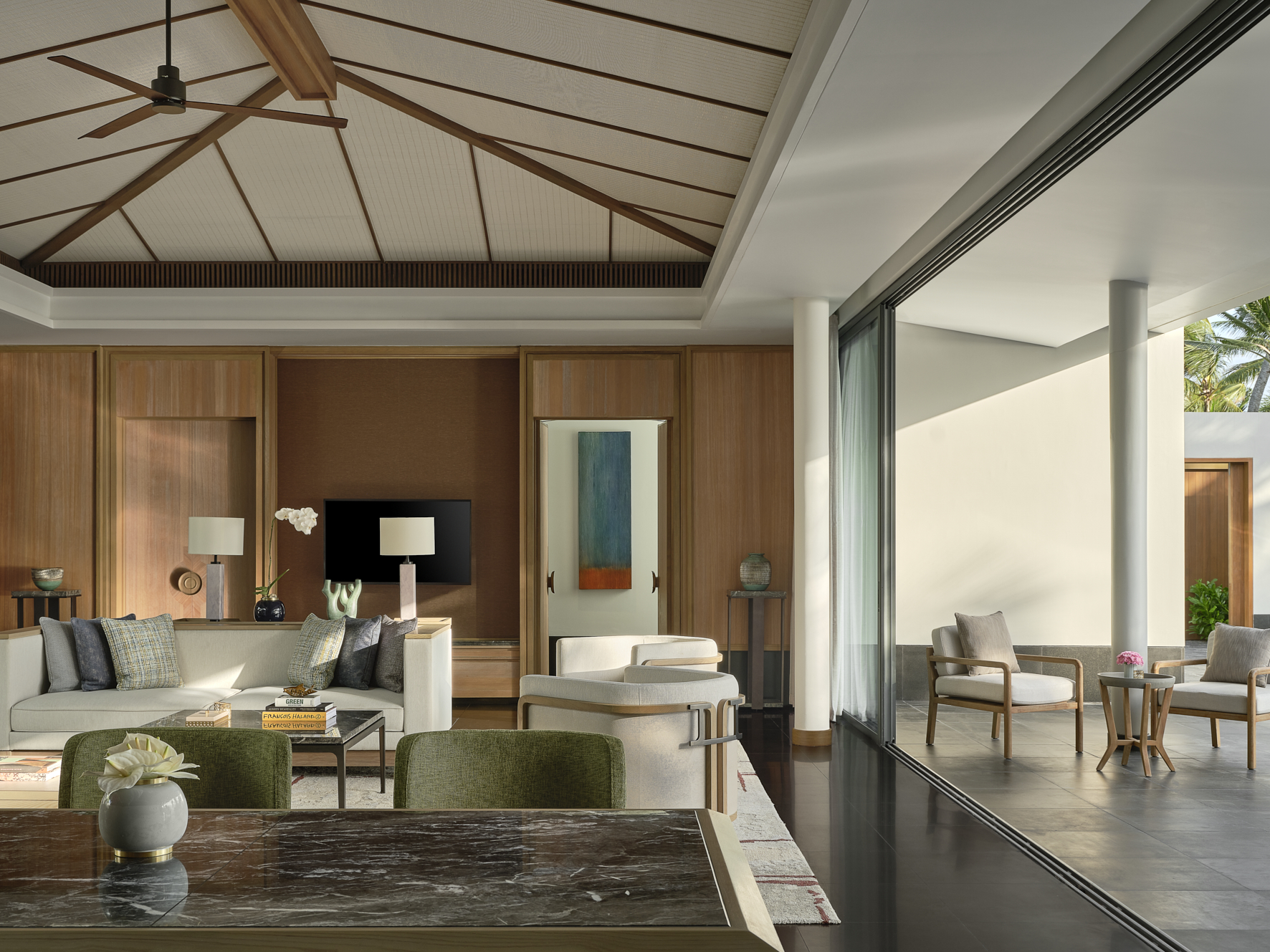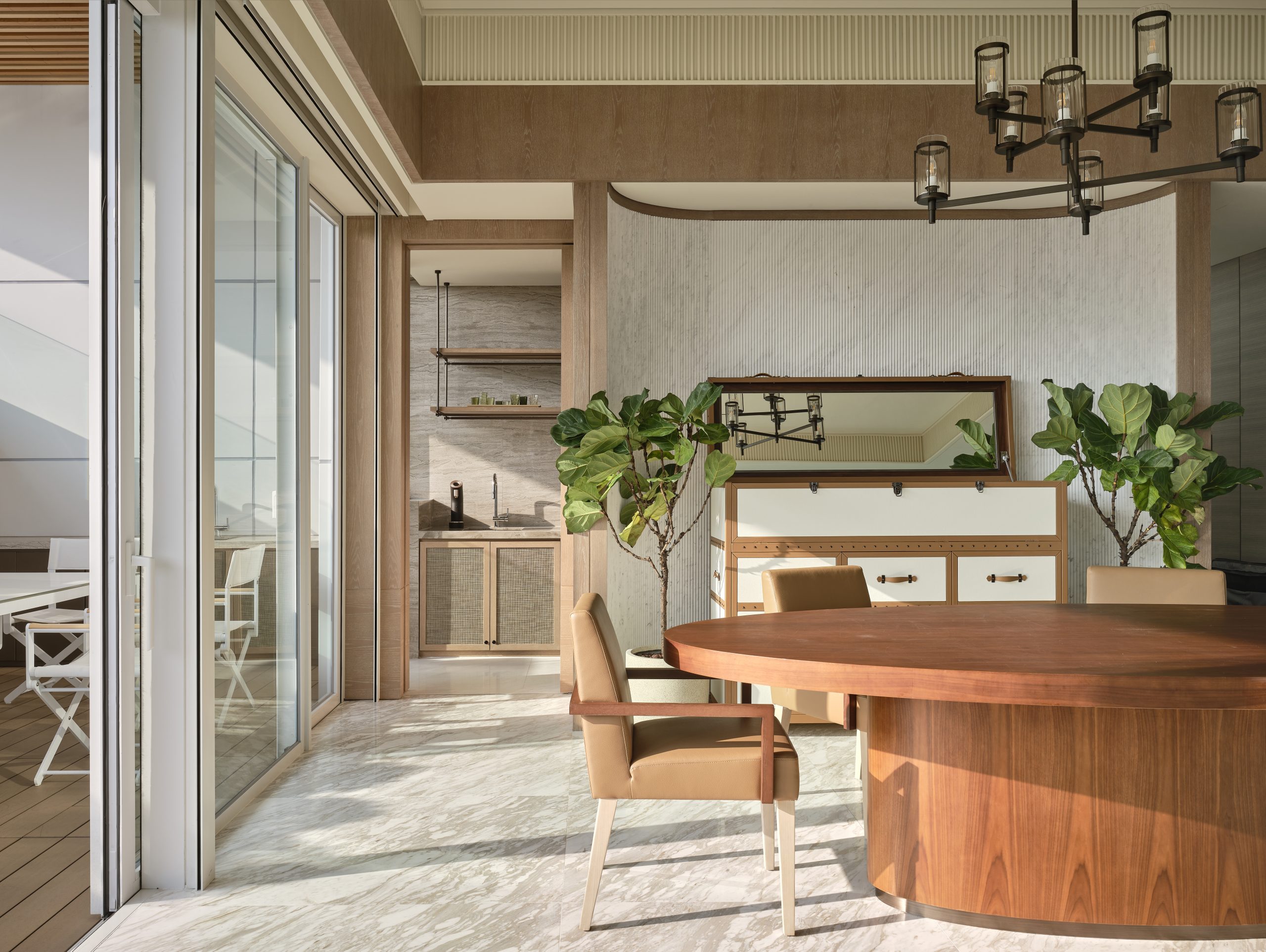Clint Nagata, Founder and Creative Partner of Blink Design Group, infuses in his practice his profound passion for travel, hospitality, and design. His dedication to crafting exceptional spaces stems from his early love for design and extensive global exploration. From conception to completion, Clint fosters design excellence in famed luxury hospitality projects. Asia Designers Directory connects with Clint to learn about his strategic vision and approach towards design.
Can you elaborate on Blink’s journey of expansion across different countries and how you manage your time effectively across these diverse geographies?
BLINK’s journey began in Bangkok, where we established our first studio. Subsequently, we opened our second office in Singapore, followed by a third in Shanghai shortly after. At the end of 2022, we opened our fourth studio in Dubai. In each studio, we have dedicated directors who manage team members across various geographies.
As the Creative Director, I oversee project designs remotely, as I spend the bulk of my time outside of my base location, be it engaging with new clients, looking at sites, or attending meetings. Over the years, I have adapted to working from wherever I am in the world, whilst ensuring that I carve out creative time to focus on getting my design work done, be it sketching on planes or seeking inspiration in new destinations.
- Regent Phu Quoc, Vietnam
- Regent Phu Quoc, Vietnam
- Regent Phu Quoc, Vietnam
- Regent Phu Quoc, Vietnam
Coming from a background in the US but now residing in Asia, how does your unique cultural upbringing influence your approach and vision in luxury hospitality design?
This is an interesting question that explores a unique perspective for me as a designer. Growing up in the US, I had limited understanding and appreciation of my Asian roots. It wasn’t until I had the opportunity to travel back and forth to Asia for work did I became aware that I was not very Asian at all, and that there was so much for me to learn about my ethnicity and other cultures. This sense of drive and excitement has served as the impetus for me to travel to a new place to truly understand the local cultures and grasp its essence, fuelling my passion and vision for luxury hospitality design. And as I learn about one culture, it’s hard not to reflect upon how I perceive other cultures as well.
Reflecting on your career, can you identify key moments that propelled your growth? What milestones or achievements have been most significant in shaping your professional trajectory?
I have always believed that timing is everything. Landing my first (and only job) after graduation at WATG during the recession might have appeared to be ill-timed. However, I soon found myself working directly with the senior partners in the firm. I was blessed that they generously offered their guidance, shared their knowledge, and provided me with opportunities to learn, even through failure.
- The Fullerton Ocean Park Hotel, Hong Kong
- The Fullerton Ocean Park Hotel, Hong Kong
As a leading figure in luxury hospitality design, how do you ensure your designs remain innovative and continue to offer fresh perspectives in a constantly evolving industry?
I guess the fear of one day becoming irrelevant and failing drives me to never become too comfortable and complacent. When asked which is my favourite or best work, I genuinely feel that it’s my next one. There’s always room for improvement, and it’s paramount to not let past successes hinder us from growing and becoming better.
With your experience in the Asian market, how have hotel design trends evolved? Additionally, what emerging trends do you foresee shaping the future of hotel and overall design?
It wasn’t too long ago that guests wanted a more international design approach that did not relate in any way to the location of the hotel. But times have changed. We are constantly inundated with new hotels and it has become even more important now to stand out and to connect to guests. Designs that are generic and that do not manage to capture the essence of a place oftentimes get lost in a sea of sameness.
A trend that we see is the trend in telling the story of a place through materiality. Designing a hotel through the use of local materials immediately helps to convey a connection to the place.
- Roku Kyoto, Japan
- Roku Kyoto, Japan
- Huvafen Fushi Maldives
- Huvafen Fushi Maldives








